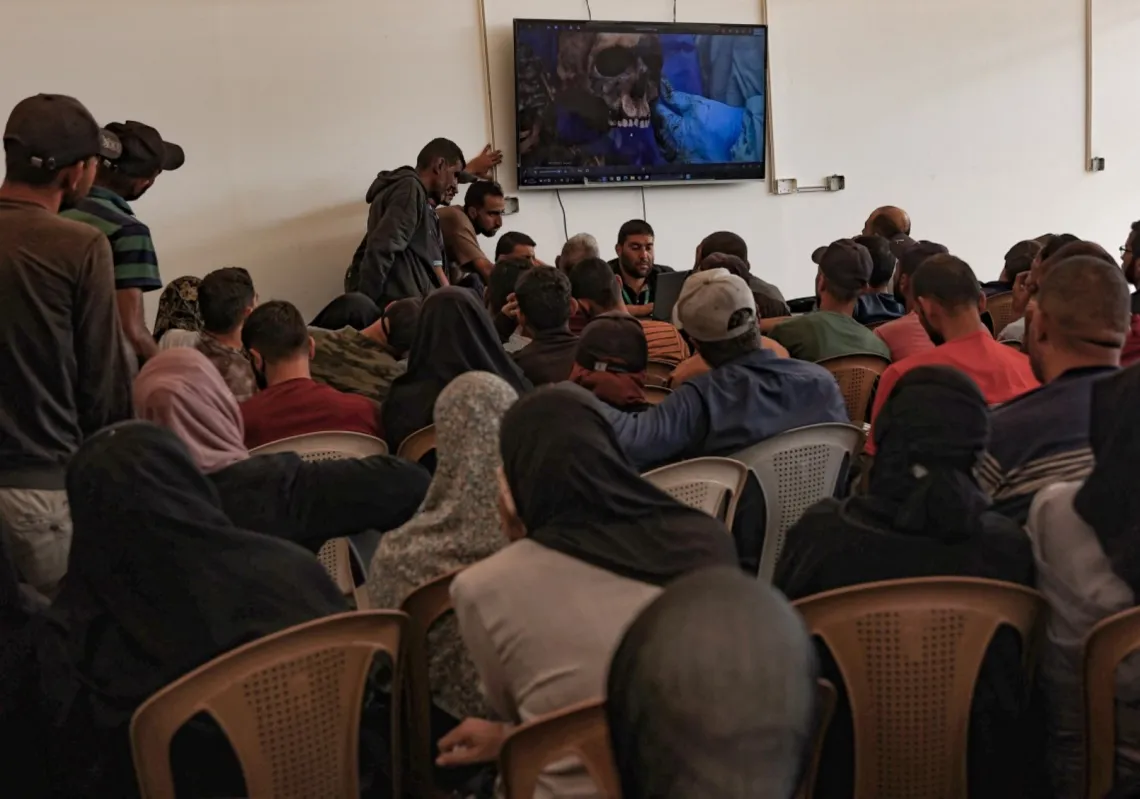 Handmade Software, Inc. Image Alchemy v1.14 ( Getty Images)[/caption]
Handmade Software, Inc. Image Alchemy v1.14 ( Getty Images)[/caption]
by Abdel-Satar Hitetah
The price of a device capable of tracking and recording calls for certain numbers is at least $200,000, while the price for a device that identifies incoming callers from any number using voice recognition technology is around $ 7 million. This device also has the capability to recover previous phone calls and can infiltrate emails and online messaging platforms.
A number of businessmen seeking to win over militias, authorities and security services in some of the poor countries of the southern Mediterranean are believed to be financing the purchase of black market wiretapping devices and gifting them to militias or security leaders to obtain recordings of opponent to pressure them or blackmail them or exclude them from the political and economic arena.
The largest number of non-government eavesdropping devices are currently located in the Libyan capital of Tripoli, which is rife with militias and armed groups. A security source said that the militias already have eavesdropping devices and fear that the Presidential Council have a device through which they can detect the opponents of Al-Seraj in the Libyan capital. "In late February, the Colonel, who was appointed to be in charge of the General Intelligence Service in Tripoli, requested a telephone monitoring system, but some of the figures on the Presidential Council were under pressure from rival militias, and advised that “it is unnecessary to buy a monitoring system” and that they “can rely on the intelligence department in Tripoli when it needs to monitor suspected telephones.”
The Colonel made a new request for the acquisition of a monitoring device, and noted in the request that the technology of tracing phones is vital to the work of the intelligence services and helps to increase their capacity and performance. However, he was answered by the rejectionists, who described every phone monitoring system that enters Tripoli is a stab in the heart. "The chaos in the Libyan capital and the large number of wiretaps have become a threat to the lives of citizens," said a close associate of the Presidential Council. "Some of those who work with these devices exploit them to blackmail the rich, blackmail women and to show the homes of families."
Although the Colonel in charge of the Investigations Directorate undertook the supervision of the eavesdropping device himself to remove the possibility of the it being used for private interests, his request was still rejected. On the other hand, groups and militias have special wiretapping units, which are like small intelligence agencies. Some of the devices they use are installed in vehicles that roam the capital. When the vehicle is parked near a house, an office, or a hostile militia headquarters, the eavesdropping device infiltrates the phones to intercept calls.
There are groups who possess advanced equipment with an average cost of about $ 2,000,000. This type of device is installed in a fixed place and a long antenna is placed on the roof of a building and is used to infiltrate the systems of mobile network operators. When the number of the phone to be monitored is entered, the device gives a signal every time it is in use.
It is also possible through the same device to track the movements and location of the mobile phone within a 300 meters - 3 kilometres range, depending on the strength, number, distance and proximity of the transmission poles.
This is the most powerful surveillance and monitoring device in Tripoli at present. It is located at a headquarters run by agents of Western military companies in an area called “Equestrian” in the capital. There are international groups who are dependent on operators of eavesdropping devices inside Libya. A security source said, "You can not agree with a broker in Europe to get a precise listening device unless the whole process is conducted under the eyes of international intelligence services."
There are other monitors which cost more than $4,000,000, and they have the ability to intercept everything; including faxes sent on landline phones. In an operation carried out by a militia using this type of equipment, they were able to monitor text messages and messages sent via the internet to officers and soldiers in the eastern region of Libya, for the benefit of the anti-National Army Coalition leader, Marshal Khalifa Hafter.
Some militias and armed groups have the financial capability to hire engineers who specialize in making eavesdropping devices and connecting them across several Libyan cities. The most famous of these engineers is a French man named Jean, who is currently working with the leaders of the "Da'ashia" in the region of Al Khums and Zuara in the vicinity of the Libyan capital.
In Tripoli and the town of Misurata, which has strong military intelligence, the intelligence services monitored espionage activity between militias and armed groups. Among this activity was the spying on the Libyan army through a monitoring system in eastern Libya, specifically in the cities of Derna, Ijdabia and Benghazi, which relies on a program called "Flex Spy”. According to the Libyan security source, the tracking of movements of army officers close to Haftar is being received by a monitoring unit under Brotherhood leadership in Misrata. From there information is being pumped to another unit in Tripoli belonging to a leader of the “Combatant Group”.
According to the same source, Libyan intelligence also monitored the re-transmission of information obtained from military officers which were received outside the Libyan border by two private information collection units in Misurata and Tripoli.
The Flex Spy program only works on an advanced type of eavesdropping device with powerful antennas, and has the ability to spy on text messages, Viper, Watsapp, e-mail, registered phone numbers and other documents. It can also take a photo of the phone’s location through the phone’s camera, intercept phone calls, turn on the phone’s microphone to listen to phone’s surroundings, and obtain images and video clips stored on the phone.
The price of this type of equipment is around $7,000,000 and covers a range of hundreds of kilometers. It can only be obtained through the state security agencies. The Libyan security source said that the device was similar to intelligence equipment used by Ghaddafi, there used to be a long antenna installed on the roof of the intelligence building in the heart of the capital, but the aerial bombardment that hit Tripoli in 2011 led to the destruction of the device and the antenna.
Since then, Tripoli's new intelligence services have not been able to acquire similar apparatus, and it seems surprising, according to the same source, that the militias possess dangerous apparatus of this kind. He points out that several international intelligence officers who worked against Ghaddafi in the eastern region of Libya in 2011 had used advanced spy devices, including ones similar to those used by the intelligence in Tripoli at the time. The source also explains that the militias have acquired equipment similar to the equipment that existed in Benghazi during the war against Ghaddafi. They also purchased dozens of other spy devices suspicious Mediterranean brokers.









